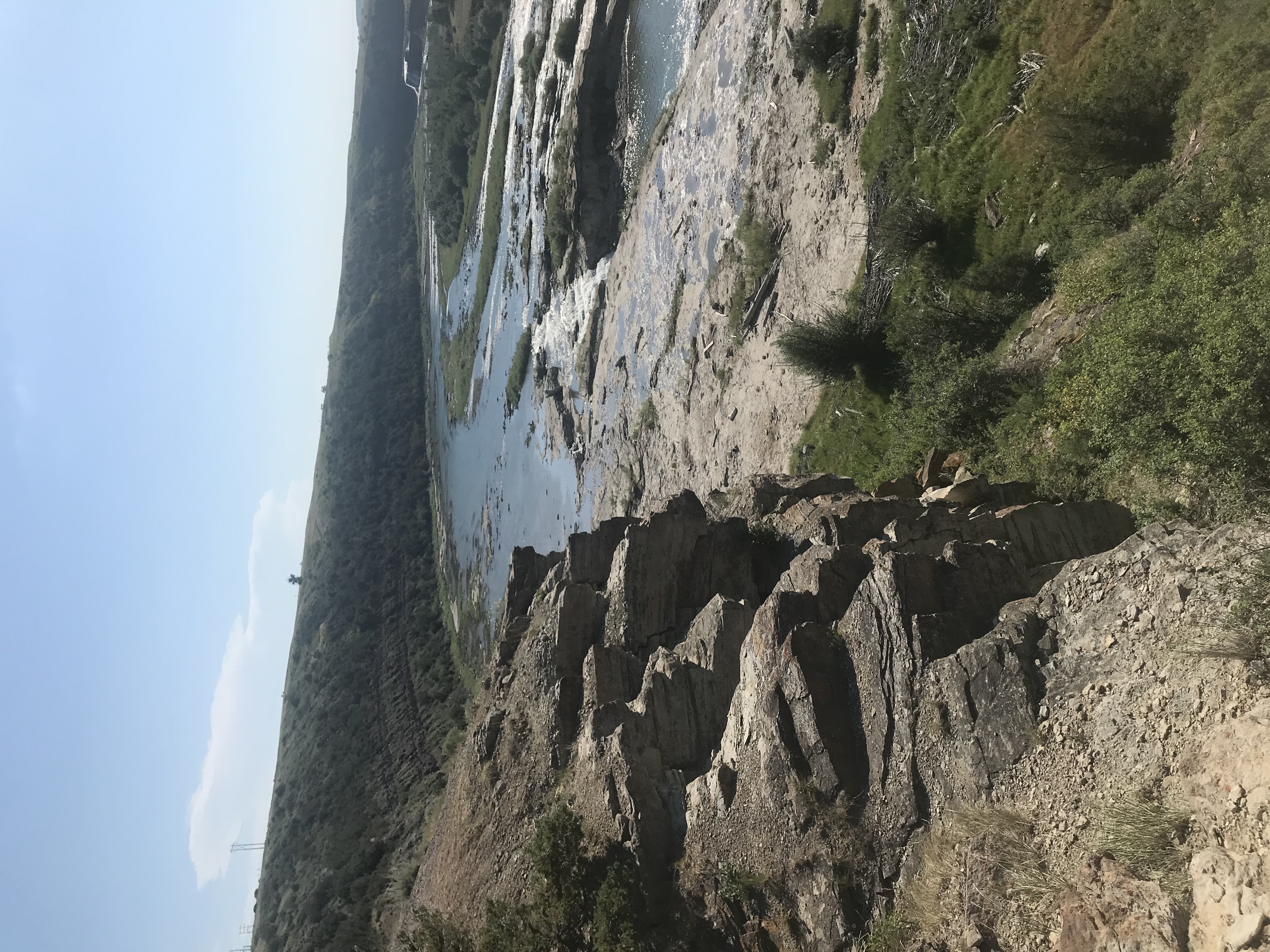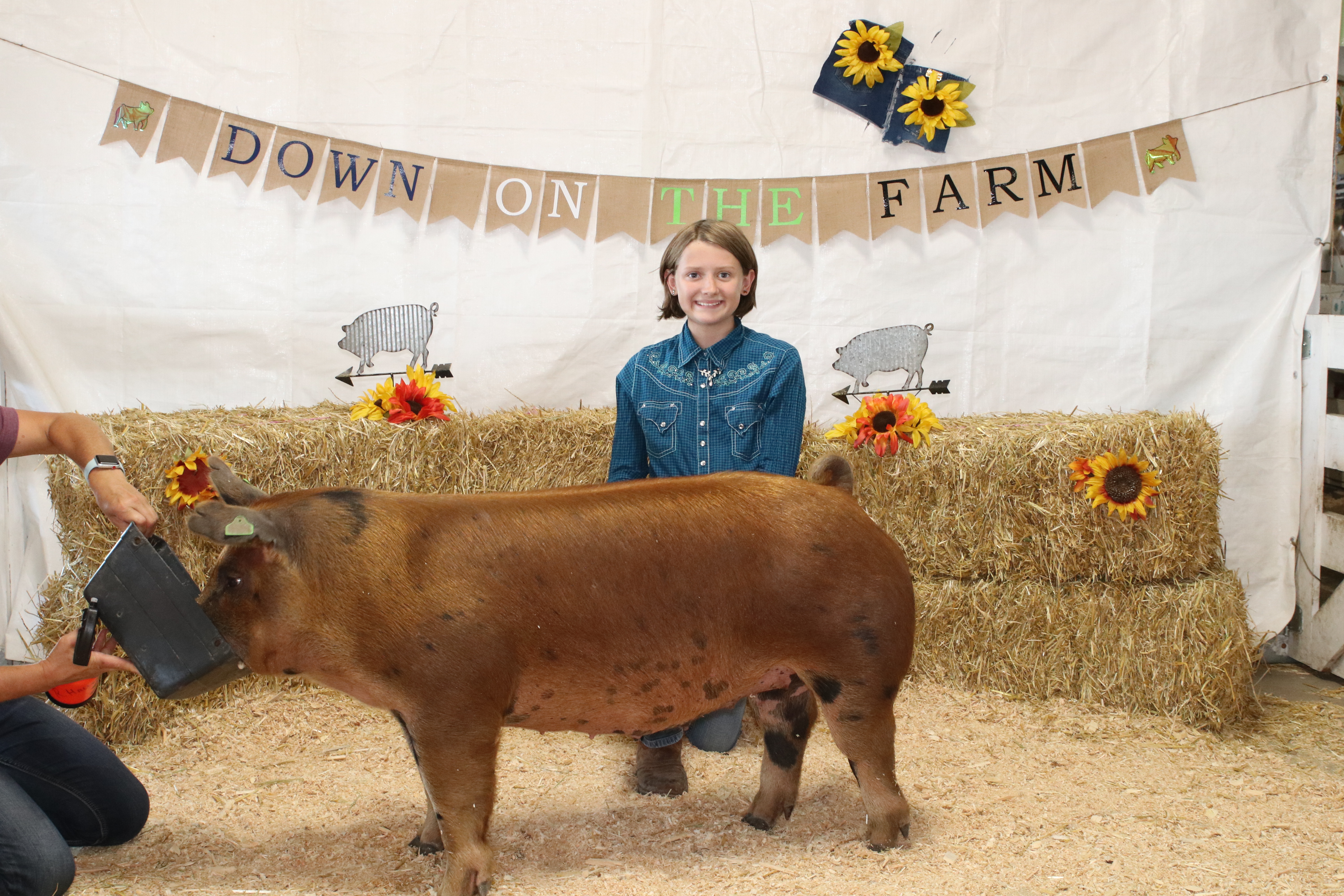
Cascade County
Welcome to Cascade County
Published: 2022By Rose Malisani
Great Falls is home to the Benefis Health Care System (one of the premier hospitals and health care organizations in Montana), Malmstrom Air Force Base, and many cultural attractions including the Charles M. Russell Museum/Gallery, the Lewis and Clark Interpretive Center, the Paris Gibson Center, and the First People's Buffalo Jump. Great Falls is a primary destination point for tourism. Outdoor recreational opportunities include fishing, hunting, boating, golfing, hiking, and historical exploration.
Cascade County 4-H Camp – A time for friends, food, and fun
Published: 2022By Allyssa Peak
Camp Rotary has changed quite a bit since those chaperones were campers. The camp has gotten new cabins, a new lodge, and a new bathhouse, and the swimming pool was demolished. Despite these cosmetic changes, much of the spirit of 4-H camp has remained the same. Cascade County 4-H youth still come together to learn about leadership, friendship, and skill building.
In 2022, 59 Cascade County 4-H youth members attended as campers, 10 older youth served as camp counselors, and 13 adults chaperoned. The camp was planned entirely by counselors. They planned during four pre-camp meetings where they chose workshops, activities, and the theme. One counselor indicated they felt more confident in planning events after attending camp planning meetings. Campers participated in team building, outdoor survival, archery, gaga ball, craft, and dancing workshops at camp. Multiple campers indicated they could make at least one new friend at camp, and they looked forward to attending camp next year.
Extreme Drought Leads to Increased Nitrate and Water Quality Testing
Published: 2022By Rose Malisani
Livestock can also die due to high sulfates and total dissolved solids in water. One livestock producer reached out to Cascade County MSU Extension when four cattle died in September. The cattle were being fed in a corral with an automatic waterer. Cascade County MSU Extension encouraged the producer to test for sulfates after describing symptoms of cattle foaming at the mouth, stargazing, and blindness. The well water came back with 51,000 mg/L of sulfate concentration; above 4,000 mg/L is classified as having high mortality rates. The producer saved the rest of his cattle, valued at around $25,000. Cascade County MSU Extension worked with MSU Extension Beef Specialists Megan Van Emon and Sam Wyffels, Northern Ag Research Center Superintendent Darrin Boss, MSU Extension Water Quality Specialist Adam Sigler, and North Border Analytics owner Brian Grebliunas in water treatment, testing, and toxicity.
Caregiving Burdens and Support
Published: 2022By Katrin Finch
Montana Symbol of Excellence Recognizes Youth and Hog Breeders
Published: 2022By Rose Malisani






